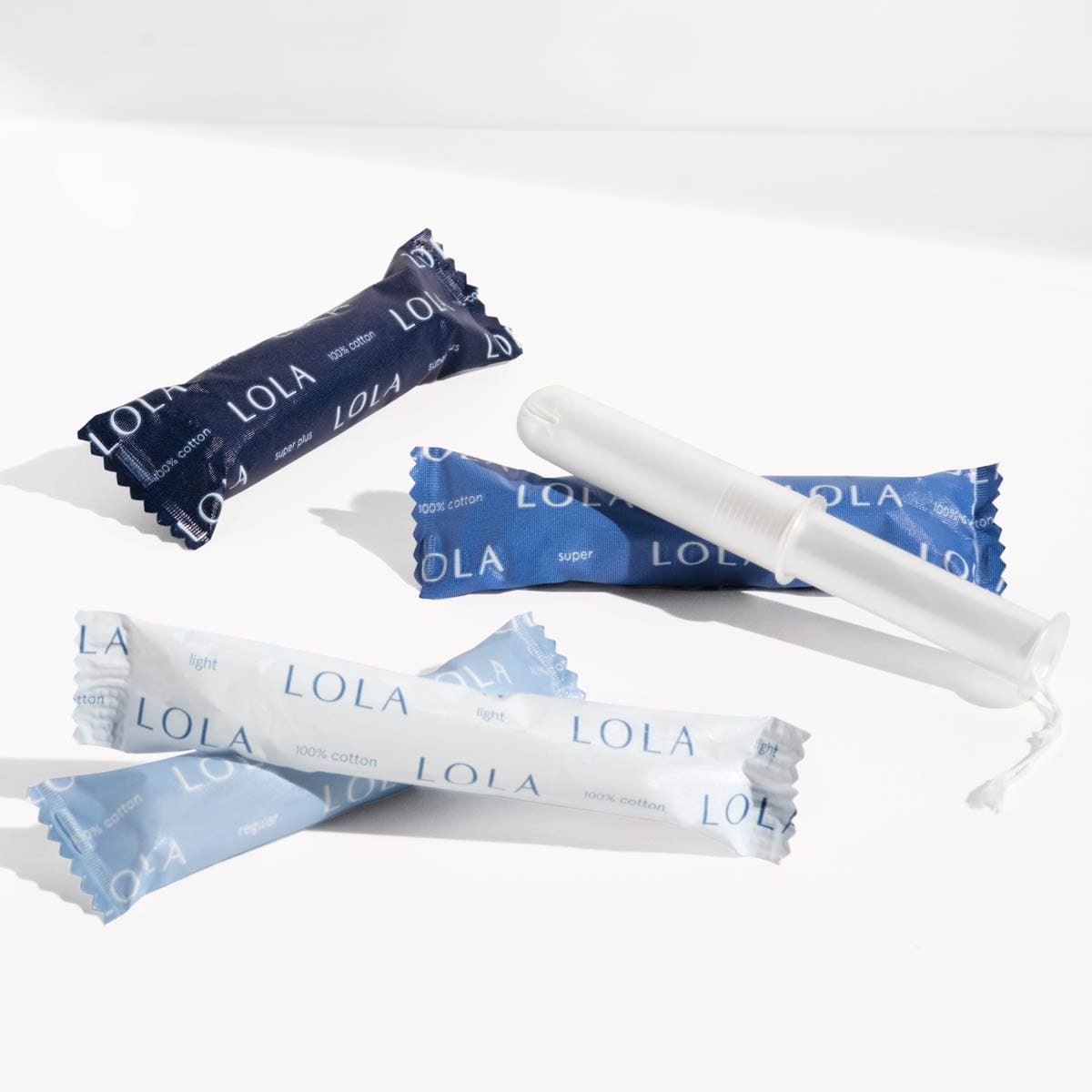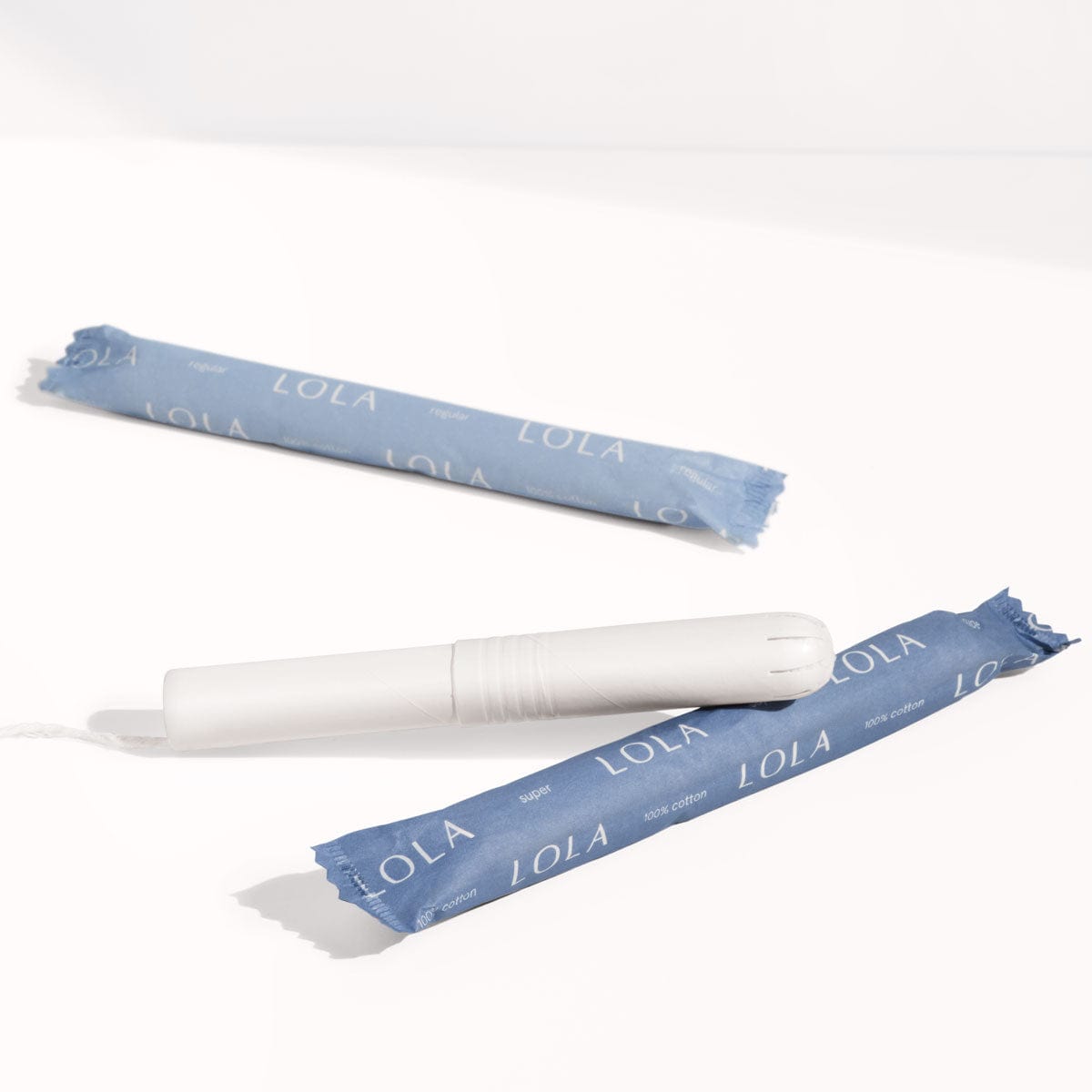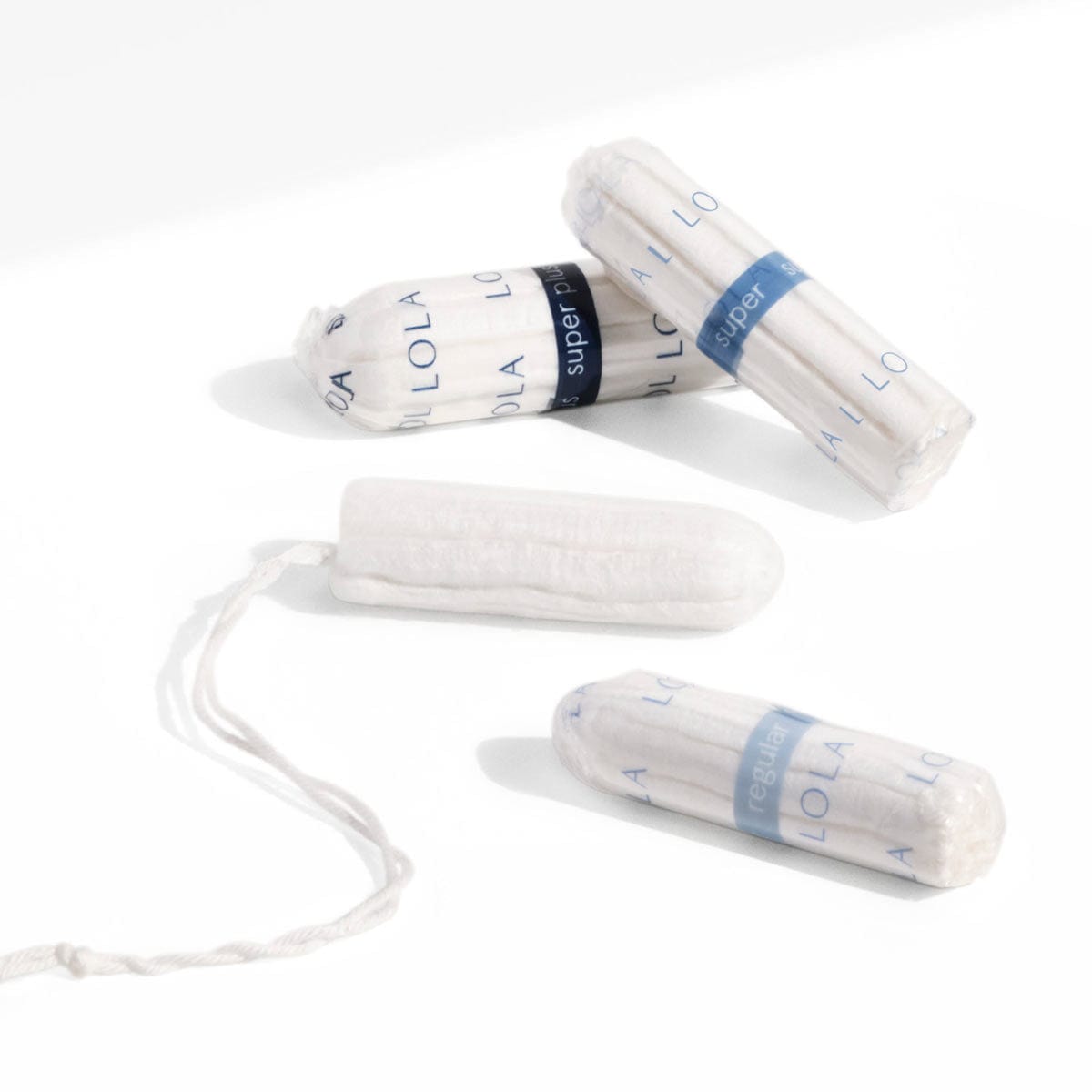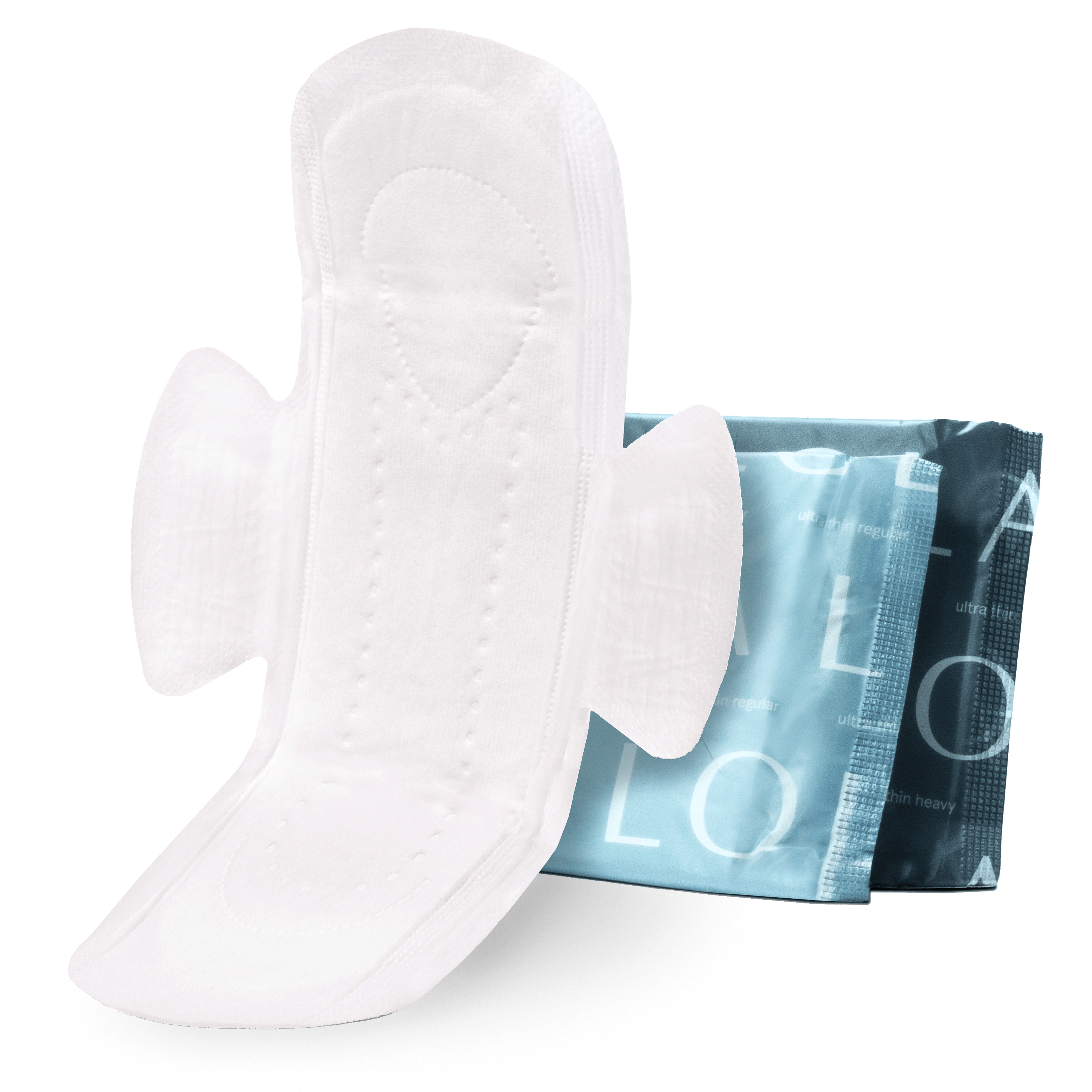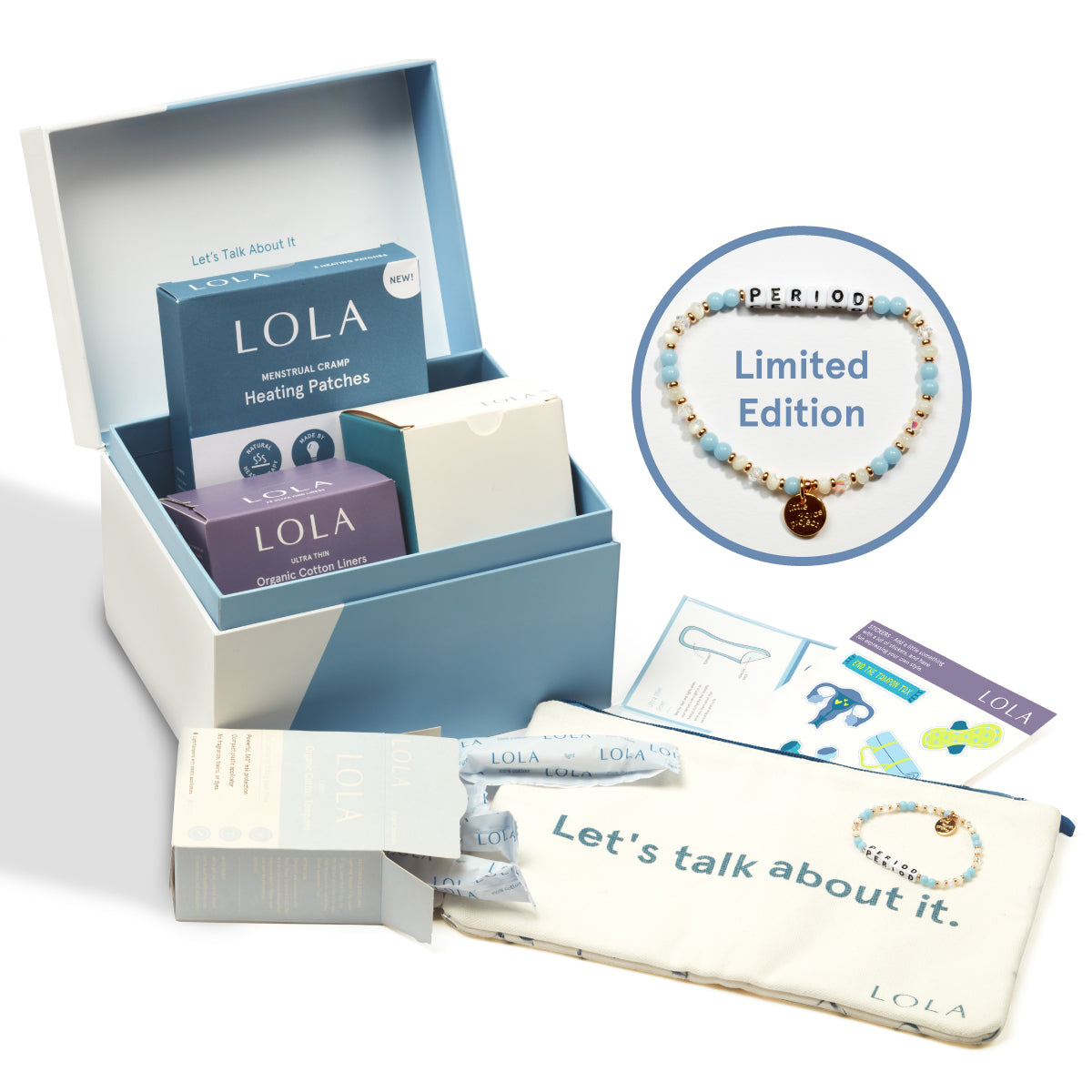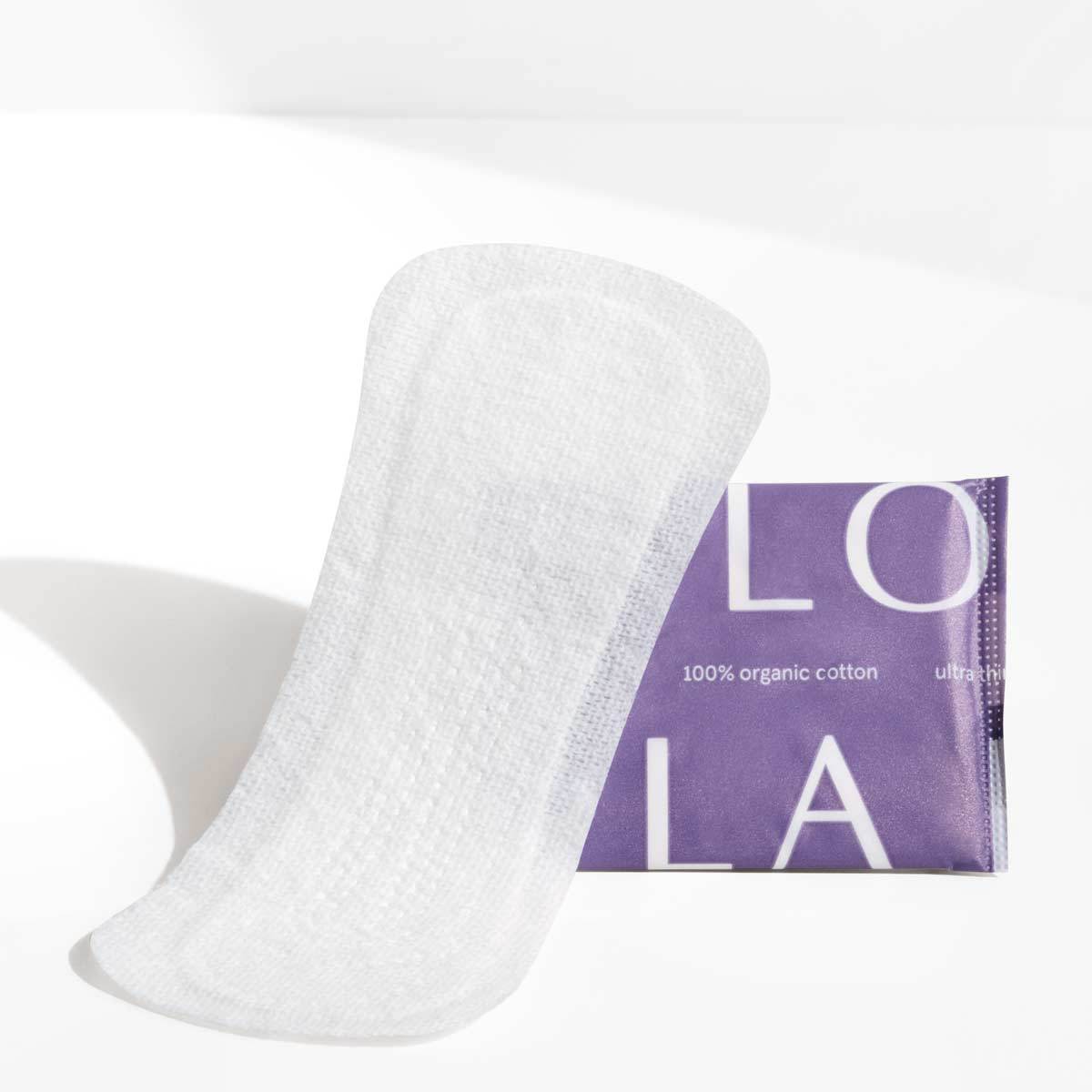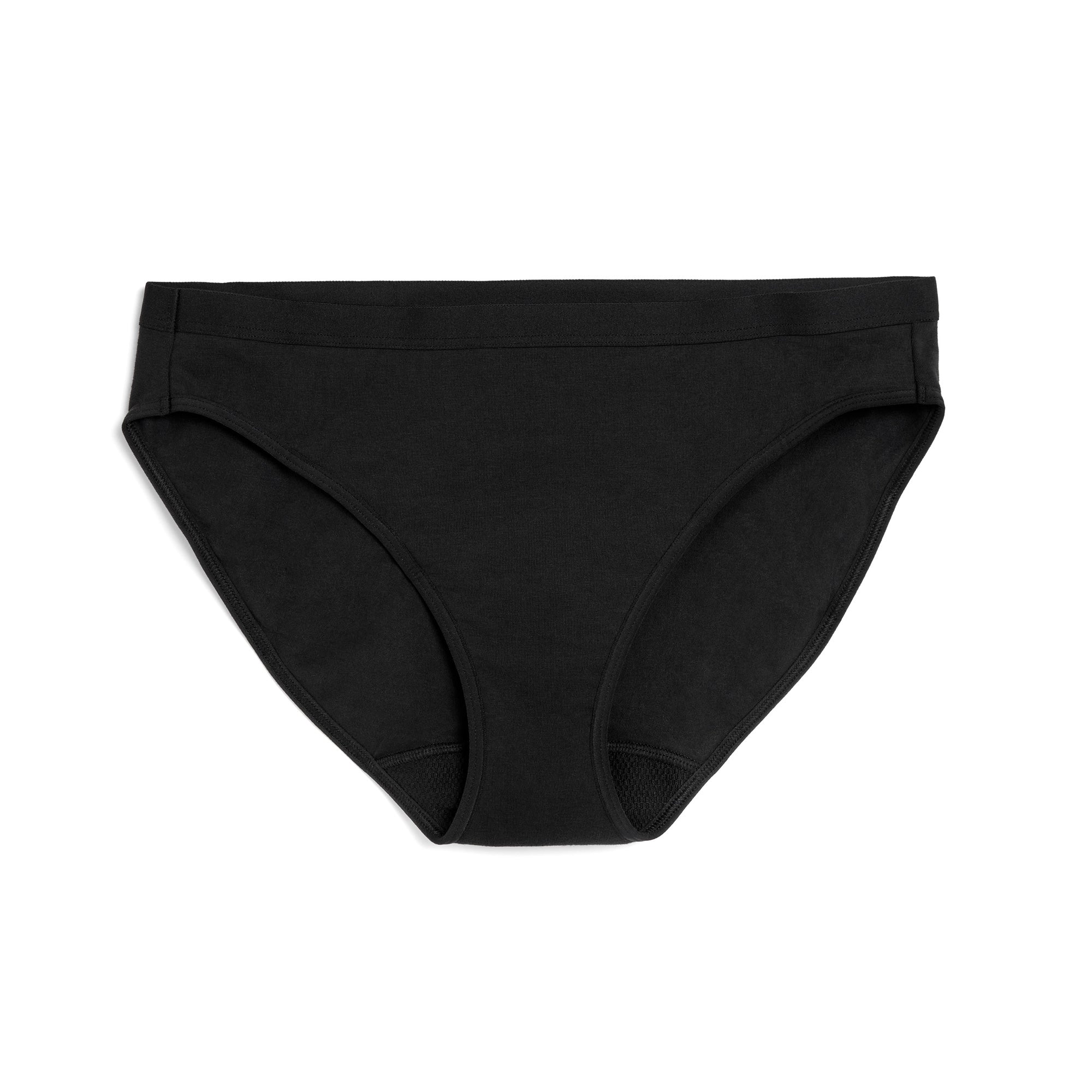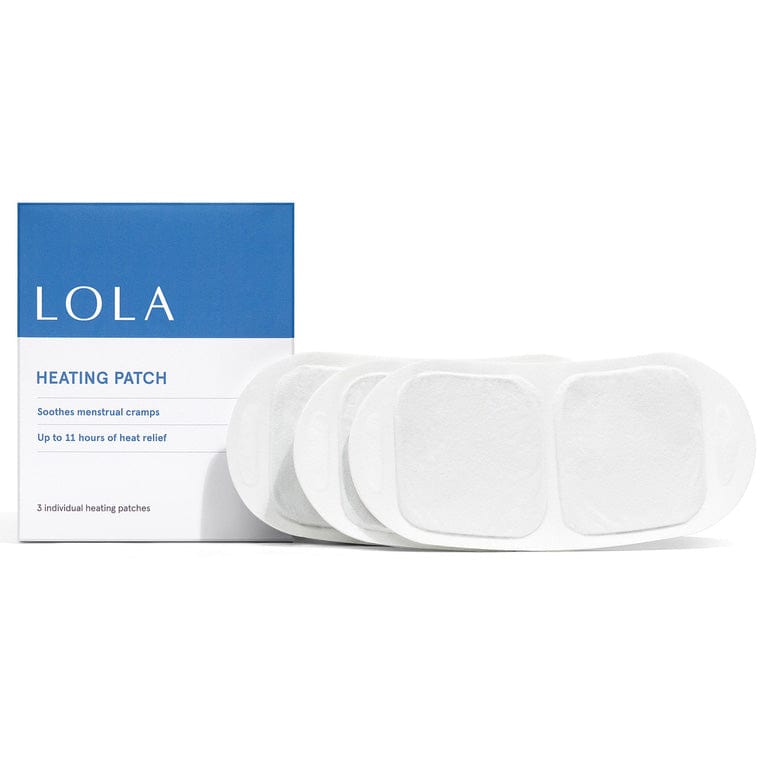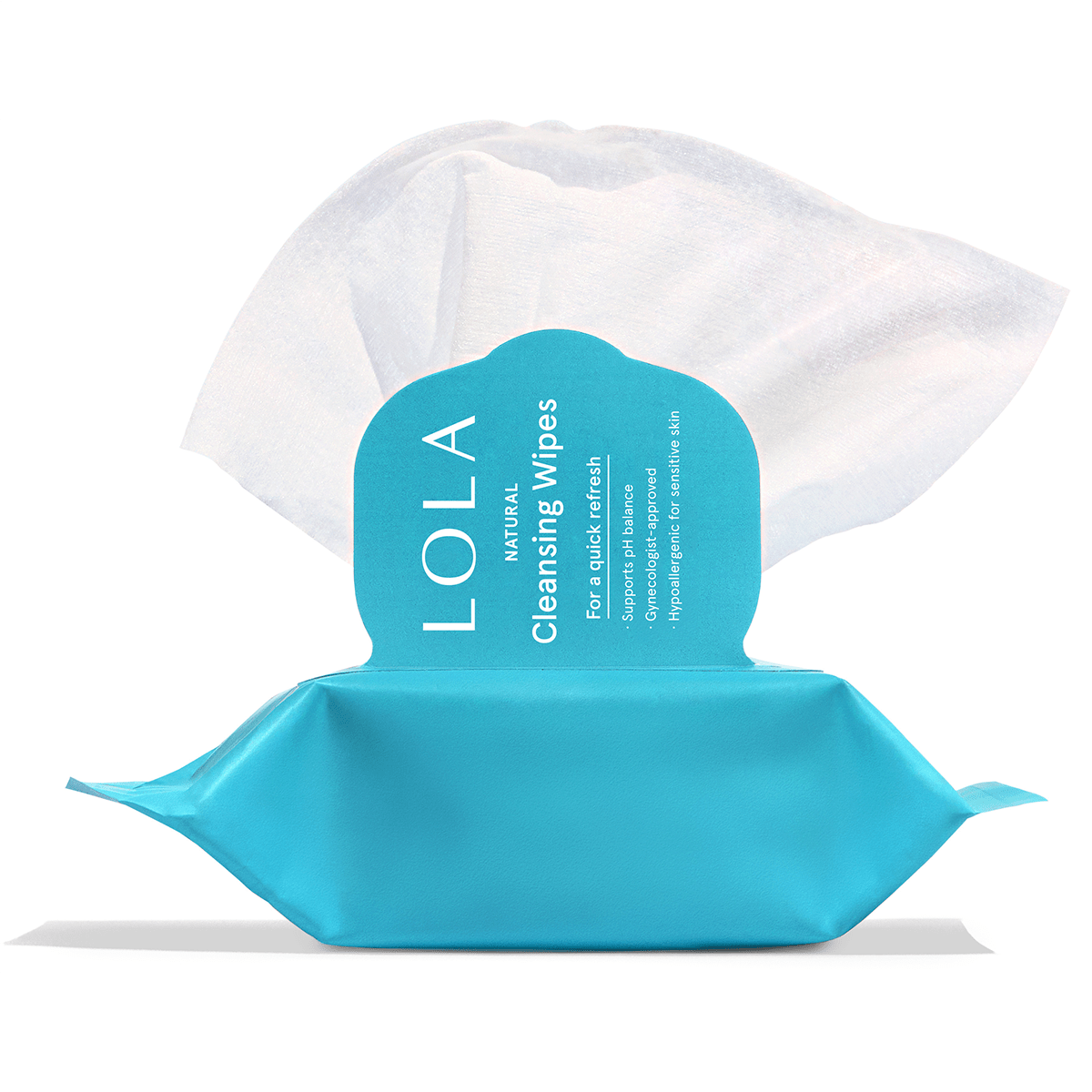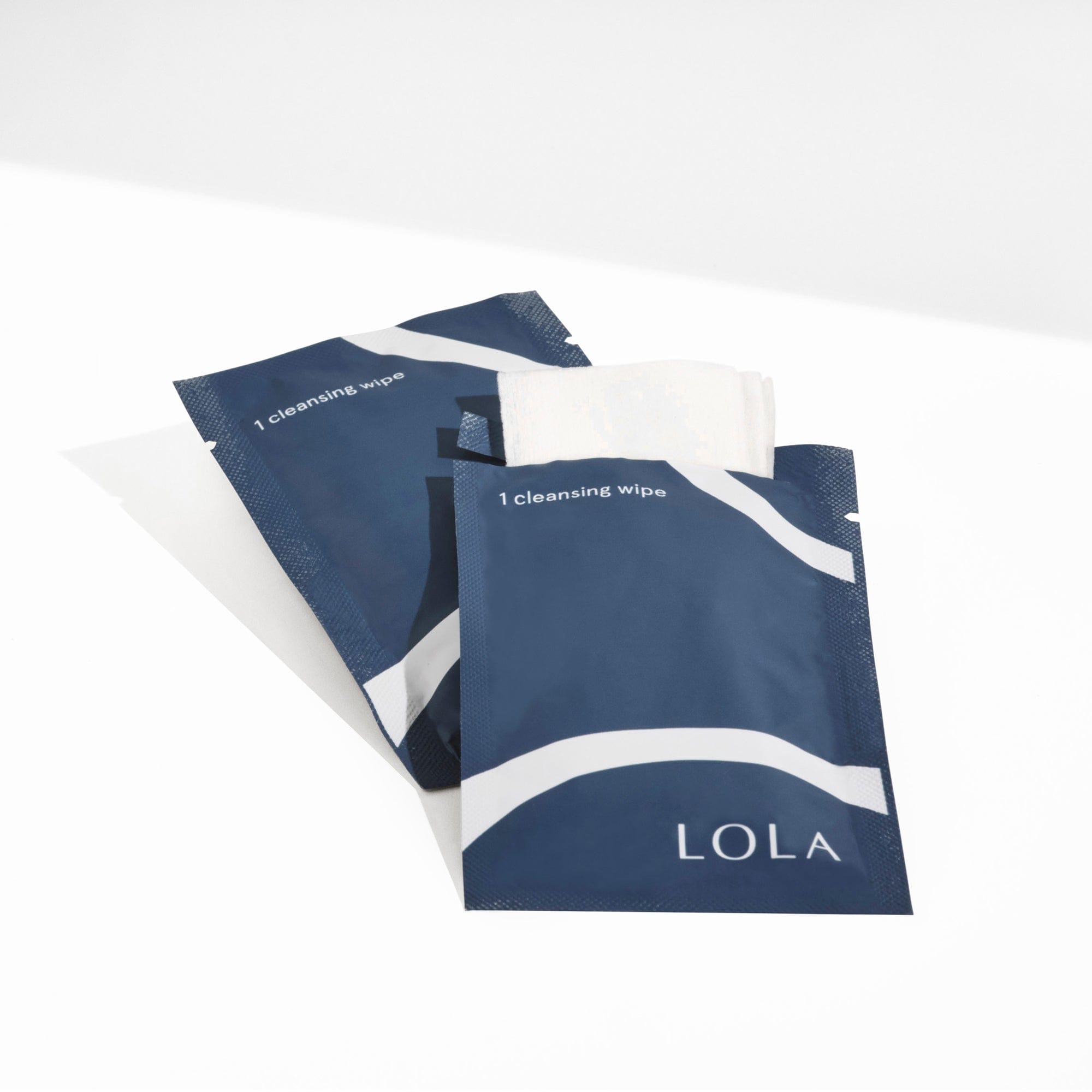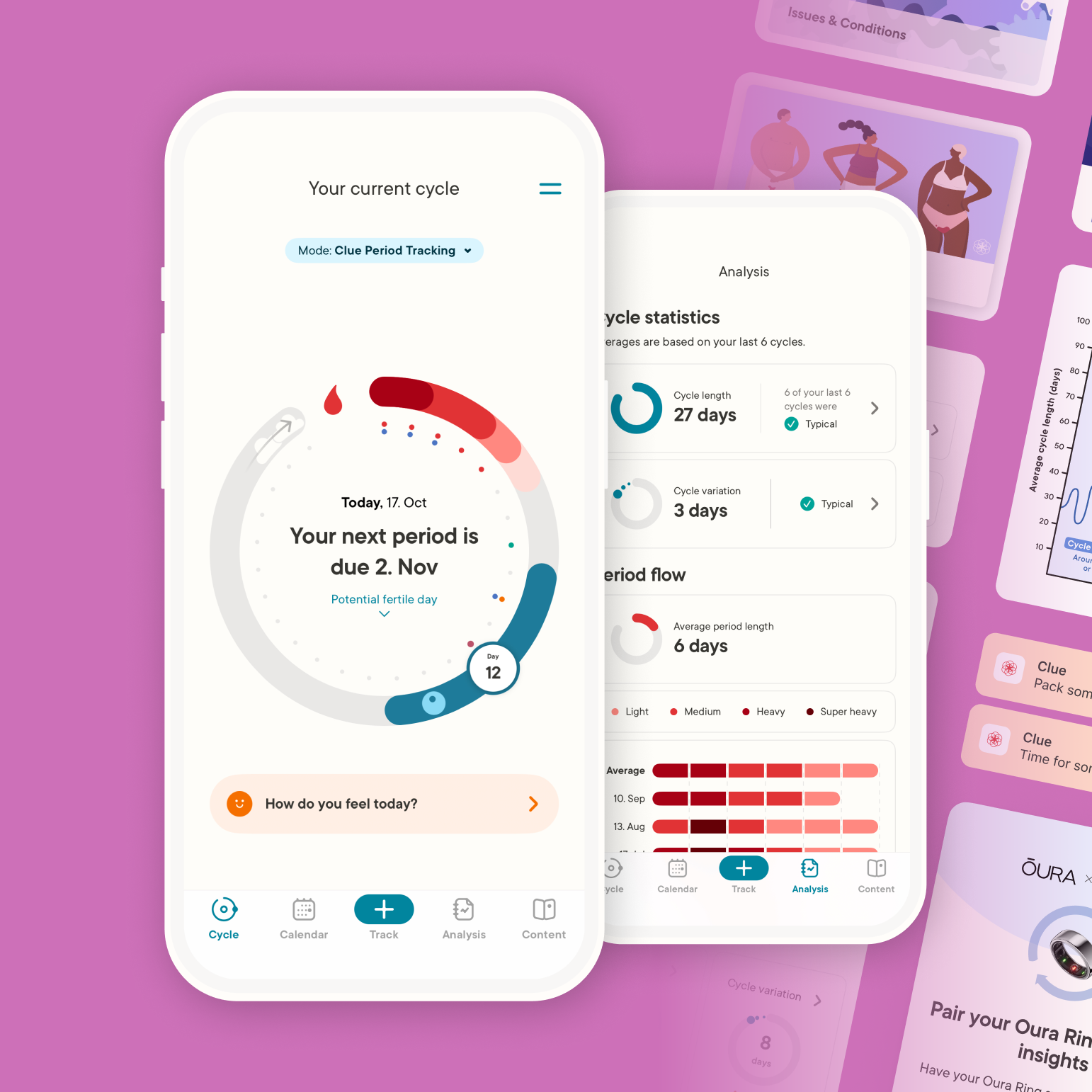In the world of menstrual products, period underwear has been described as a revolutionary game-changer. What’s not to love about a product that claims to calm the panic of heavy flow days or the realization that you’re out of tampons?
Despite its appeal and growing popularity, period underwear is still a mystery to many who menstruate. How does it work? Who is it for? And most importantly, is it actually effective? Reimagining the relationship to our cycle and rethinking the impact of period products on our environment and wallets can help clear up this confusion.
How does period underwear work?
While it looks like conventional underwear, period underwear is a washable, reusable menstrual hygiene product made of layered absorbent material. That material captures blood flow—some pairs can hold three regular tampons’ worth of liquid—and prevents leaks, whether the underwear are worn alongside disposable period products or as an alternative altogether.
Period underwear vs. traditional products
When comparing period undies to traditional disposable period products, it’s hard to overstate the environmental and economic benefits.
Approximately 12 billion pads and 7 billion tampons are discarded each year in the U.S. alone, and plastic applicators can take decades to break down, often ending up in our oceans. The use of reusable period underwear not only cuts down on this harmful waste, but can also save you money in the long run by eliminating or reducing your monthly spend on boxes of tampons and pads.
Relying on a reusable product can also ease some of the stress that comes with the menstrual cycle. As a period coach, Lisa Higgins’ work revolves around menstrual health awareness and inclusivity for both individuals and organizations. She recommends period underwear to clients for economic and eco-friendly reasons, as well as a way to better connect and work with their cycle.
“It's a revolution and so liberating to be able to bleed freely,” Higgins says as a user herself. “They're also so comfy, last way longer than tampons, and you don't need to worry about running out of tampons or pads.”
For some groups, period underwear may also be a safer option than other period products. Family, diversity, and lifestyle medicine physician Erkeda DeRouen, MD notes that period underwear allows people who menstruate but don’t identify as women to navigate their cycle safely and comfortably, especially in environments with limited access to disposable products like men’s restrooms and prisons. And in global cultures that shun women during menstruation, period underwear “may give them more opportunities to engage with society in an affordable, hygienic manner,” DeRouen says.
[Explore the differences between period underwear and pads to choose the right menstrual product for you.]
Common concerns
Period underwear may be changing the game for people with periods, but it’s important to ask, is this product safe? Recently, health-related concerns bubbled up around the presence of “forever chemicals” or poly-fluoroalkyl substances (PFAS) in certain brands of period underwear. Commonly used in clothing, food packaging, and countless other products, PFAS resist stains, oil, water, heat, and grease, which makes them popular in the manufacturing of consumer goods.
Despite this, experts have deemed period underwear safe to wear, as no evidence connects the PFAS in period underwear to any adverse health effects. Other experts have also noted that because PFAS are virtually inescapable when it comes to the products we use every day, period undies may be less of a concern considering they’re only donned a few days each month. Regardless, DeRouen notes that many brands are addressing consumer concerns and taking action to remove these harmful substances from their products.
Understandably, another key concern is absorbency. No one wants to go about their day feeling soggy, so how well does period underwear actually absorb menstrual blood?
Most period undies boast a multi-level moisture barrier that keeps you dry. But the capacity depends on the brand, as products across the market offer different absorbency levels. Some brands hold one regular tampons’ worth of fluid, whereas others hold up to three and add an extra layer for leak protection.
When it comes to other types of leaks, period underwear may not be the solution. Experts advise against using this product for incontinence-related issues, as urine is thinner than menstrual blood and flows more quickly. And in cases of postpartum bleeding, period underwear can be helpful, but it’s best to opt for a product designed specifically for postpartum use.
Fit, Quantity, Care, and Maintenance
Finding the pair that meets your needs may require some research and experimentation. Higgins recommends reading reviews to help with the decision, as folks often provide insight based on their body type. The fit should feel secure but comfortable.
Many of them feel just like normal [underwear]. You forget you are on your period and they feel really slinky and even sexy.
Once you’ve made your choice, how many pairs should you buy? The answer can differ from person to person, but Higgins points out that many people assume they need to buy ten pairs all at once—a common misconception. While having several pairs on hand from the get-go may seem smart, it’s better to purchase with intention. Start with a couple pairs to gauge how they feel and fit into your cycle, she says.
While your typical flow level and cycle duration will factor into your decision, remember you’ll also be laundering between wears. The Cleveland Clinic recommends changing and cleaning a pair of period underwear after 12 hours of use.
This brings up another common question: How should you wash period underwear? Most users report a gentle detergent and a cold, gentle cycle setting do the trick. But it’s always best practice to follow the brand’s care instructions, as many manufacturers advise against drying, soaking, or using products. And if you’re worried about a period underwear smell after use, maintaining good laundering habits will not only keep them smelling fresh and clean, but will also increase their longevity.
Making the transition to period underwear
Whether you’re fully free-bleeding or relying on period underwear for extra protection, the experience can take some getting used to. It’s helpful to have an idea of what to expect.
On heavier flow days, some users recommend pairing period panties with other products. But when it comes to lighter flow days, relying solely on period underwear has proven to be a safe bet. For example, Higgins opts for a menstrual cup for the first two to three days of her cycle before switching to period panties.
She also notes that, unlike regular underwear, one pair per day may not be enough. It’s possible you’ll need to change more often than the 12-hour laundering recommendation depending on your flow.
“Don't be afraid to experiment, and don't worry if it takes a few goes to get it right,” she says. “Keep an open mind and see it as an adventure into something new.”
If you’re ready to begin a new chapter with your cycle through tampon alternatives, LOLA’s reusable period underwear provides the perfect place to start. One pair holds up to three tampons’ worth of liquid and comes in various sizes for a secure and comfortable fit.
